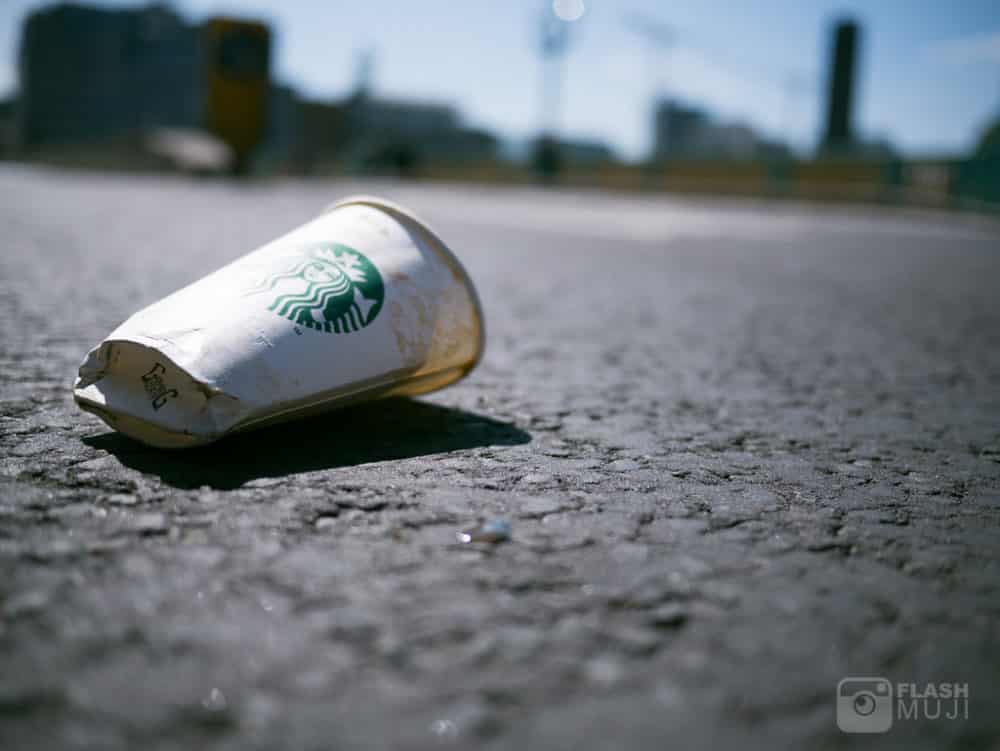Are Starbucks doing enough?
Coffee on the go has become a common part of so many of our lives. Coffee has always been a popular breakfast drink but now, consumers are getting their caffeine hits at any time and through a variety of coffee based drinks. Nobody has capitalised on this new phenomenon more than it’s innovator, Starbucks. The Seattle based coffee chain has revolutionised the coffee business forever. In fact, it’s hard to find a street corner in North America and mainland Europe without a Starbucks branch nearby. However, despite it’s popularity, Starbucks has began to generate serious criticism from environmental and health professionals in recent years due to it’s controversial business style. Starbucks has taken small steps to repair it’s reputation and make a greater contribution to the environment. Is this enough for consumers to continue to make Starbucks the go to coffee joint, or are there more signs that we should stay away?
In 2008, it was discovered that Starbucks wasted up to 28 million gallons of water per day. Staff were instructed to leave taps throughout the store running continuously to avoid germs developing. Less than a year later, Starbucks installed water saving faucets which would reduce water waste by 150 gallons per store, per day.

With water being one of the most valuable and important commodities in the world today, Starbucks naive policy potentially caused serious damage and could have went a long way to prevent some of the water crises we see today.
Added to this is Starbucks’ treatment of local coffee farmers. Some of the most popular coffee blends come from the poverty stricken African country of Ethiopia. Starbucks, working along side the National Coffee Association managed to prevent the Ethiopian governments attempt to trade their coffee, ensuring that despite a pound of Ethiopian coffee selling for $26, only $1 was going back to the farmers in Ethiopia. After years of pressure from Fair Trade groups, Starbucks has increased their purchases of Fair Trade coffee. However, only a small percentage of Starbucks coffee is Fair Trade and many of Starbucks coffee origins remain improvised.
Most significantly and dangerously perhaps is Starbucks use of paper cups. Figures suggest that Starbucks sell roughly four billion cups of coffee every year. Despite years of pressure from green groups and activists, Starbucks only introduced a recycling program in 2012. Before this point, every Starbucks cup went into general waste unless the consumer made an active effort to recycle. This was a hugely significant mishap by Starbucks and one which undoubtedly had a negative impact on the environment. Starbucks now sell reusable cups in store and customers are encouraged to bring their own reusable containers and coffee is sold at a small discount.
Despite Starbucks taking steps to improve their waste reduction, many feel that their efforts are too little and too late. A company with the immense size and wealth of Starbucks should be making a huge effort to improve the environment. However, for a long time Starbucks ignored calls as it was simply not beneficially to their aims. With coffee consumption a bigger part of our lives than ever, it is important that Starbucks and other major coffee chains continue the fight for waste reduction and set an example for corporations around the world.
Photo credit: Amit Kapadia

